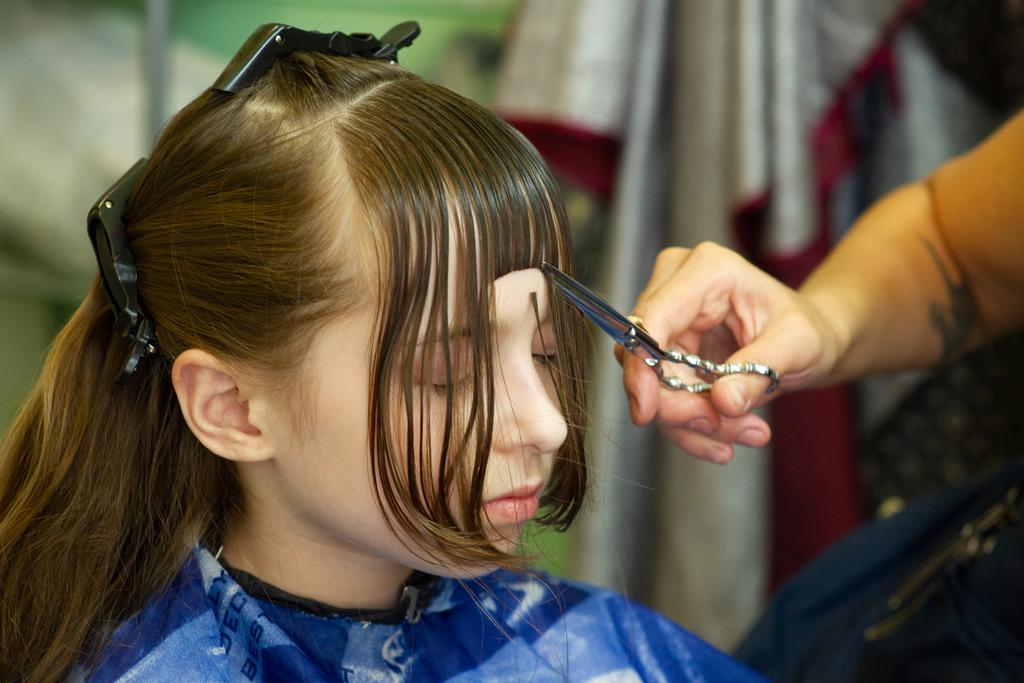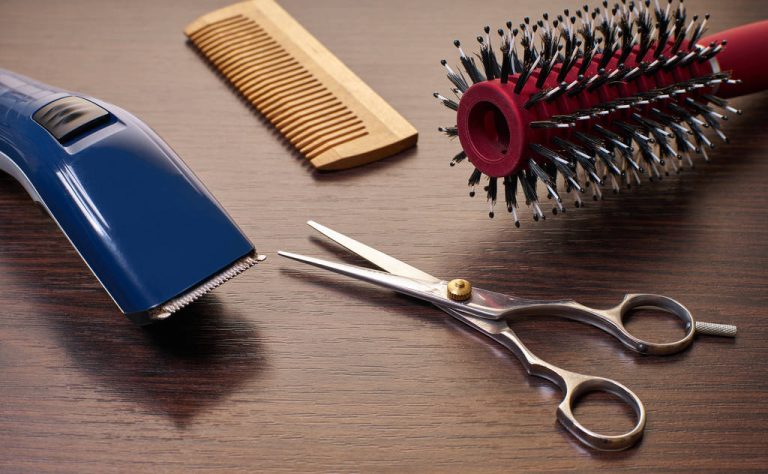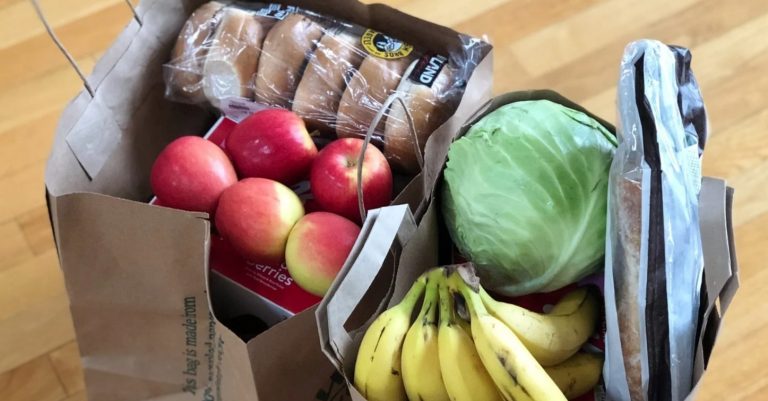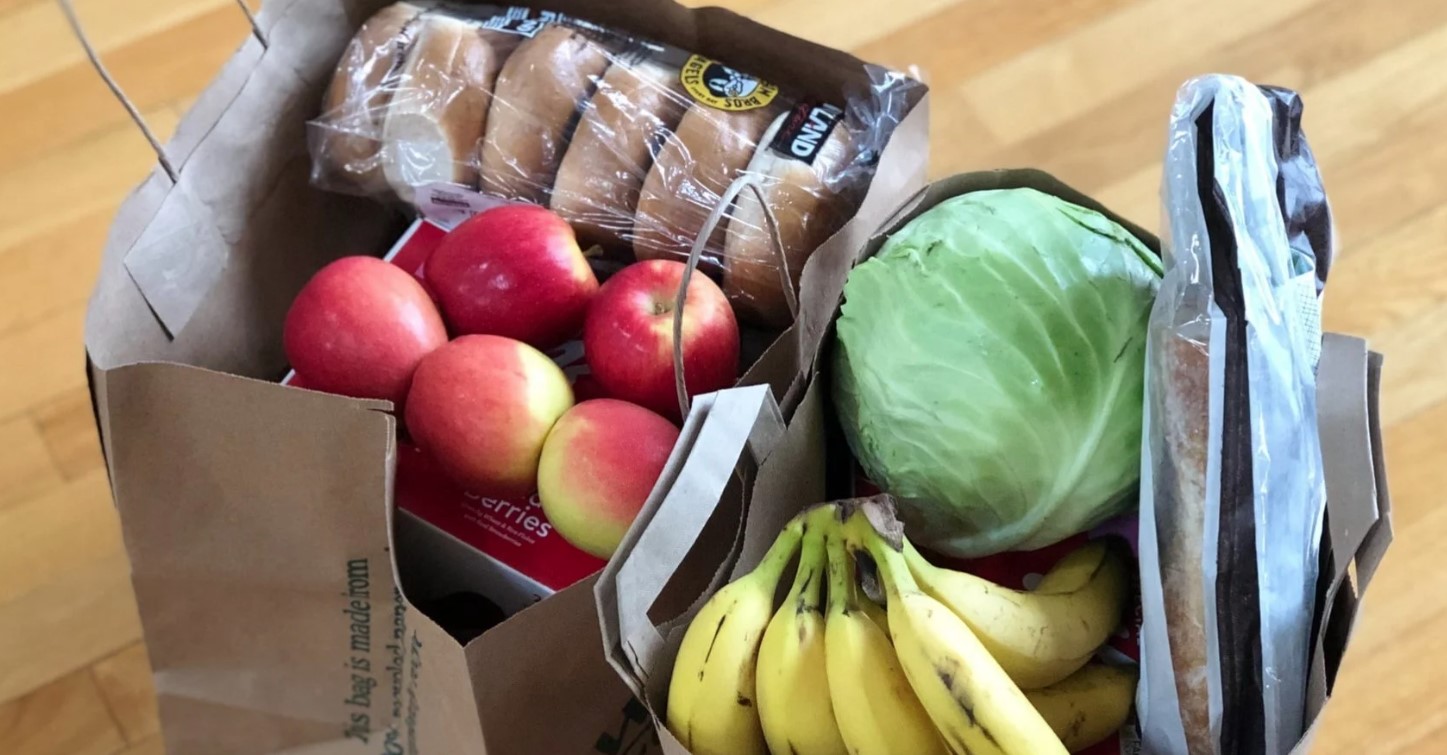They can cause misunderstandings and quarrels: You should never say these 7 sentences to your hairdresser.

1# “Please only cut the tips.”
Each of us has said this sentence before. However, you should be careful with this – while by “tips” we mean just a few inches, a hairdresser uses this term to mean the entire length of hair that has been damaged and broken.
Instead, you could put it another way. For example, a good sentence would be, “I don’t mind my current length, but I’d like some form back.”
Of course, you could also be very specific and show the barber exactly how much you’d like to get rid of.
2# “I would like bangs.”
Pony is not equal to pony
This simple statement might be good if you want to surprise yourself, but to be on the safe side, you can put it another way. “What bangs would go well with my face type?”
The hairstyle makes a big difference in how you come across to others. An oval face could wear any bangs, round faces should rather orient themselves towards side bangs. You should also consider how much time you want to spend styling your hair – because
3# “I would like steps.”
Do you really know what you mean by “stages”? If your hairdresser takes you at your word, you could call the salon
And end up being completely dissatisfied with your haircut. Instead you could say:
This allows the hairdresser to work differently with your hair. He might even step through your hair in the process, but it’s not that noticeable. The hair then falls softer and more gently; and that brings then of course
4# “Highlights would be great.”
So you would like highlights? Although this simple sentence describes
Should the highlights be all over the hair or only in a certain place? What color should they be? Lots of extra questions that will take up your time and that of the hairdresser. What
There are gradient highlights,
5# “I would like a bob.”
A bob, like any other hairstyle, has The best solution to this is,
It shows that you’ve already thought about what kind of bob might suit you. It also helps the hairdresser to find the right direction and to implement any variations for your hair type
6# “Change would be great.”
A fairly inaccurate statement can cause a lot of confusion and helplessness for the hairdresser. And it can often end with unhappy customers – because many hairdressers often think of a short hairstyle first
So if you’re not in the mood for a short haircut or a complete surprise, you might want to be a little more specific. The little sentence “I don’t want short hair, however,” helps to limit the possibilities
Do you want your hair to have more volume? Would you like your long hair to fall a little looser? Would you like to try something completely new and unusual? Communication is the key to success here
7# “I would like a simple hairstyle.”
This statement is also quite imprecise. Because “simple” is not the same for everyone. For some, this means that they just go through it with the brush and that’s it; another would still describe a styling of 20 minutes as easy.
So how could you help your barber? Very simple: You could explain to him what styling tools you have at home, which you use every day or
Someone who regularly uses a round brush for styling probably has more experience than someone who just uses a comb or regular brush to detangle their hair and then tie it in a braid every morning.

Conclusion
In general, you should make sure to express yourself clearly and clearly. It also helps a lot if you think about your new hairstyle beforehand and what it might look like.
However, what’s really useful is a picture of the hairstyle you want – and if you can’t find an exact photo, you can find a photo that resembles your haircut and show it to your barber. It’s also good if you talk to your hairdresser




